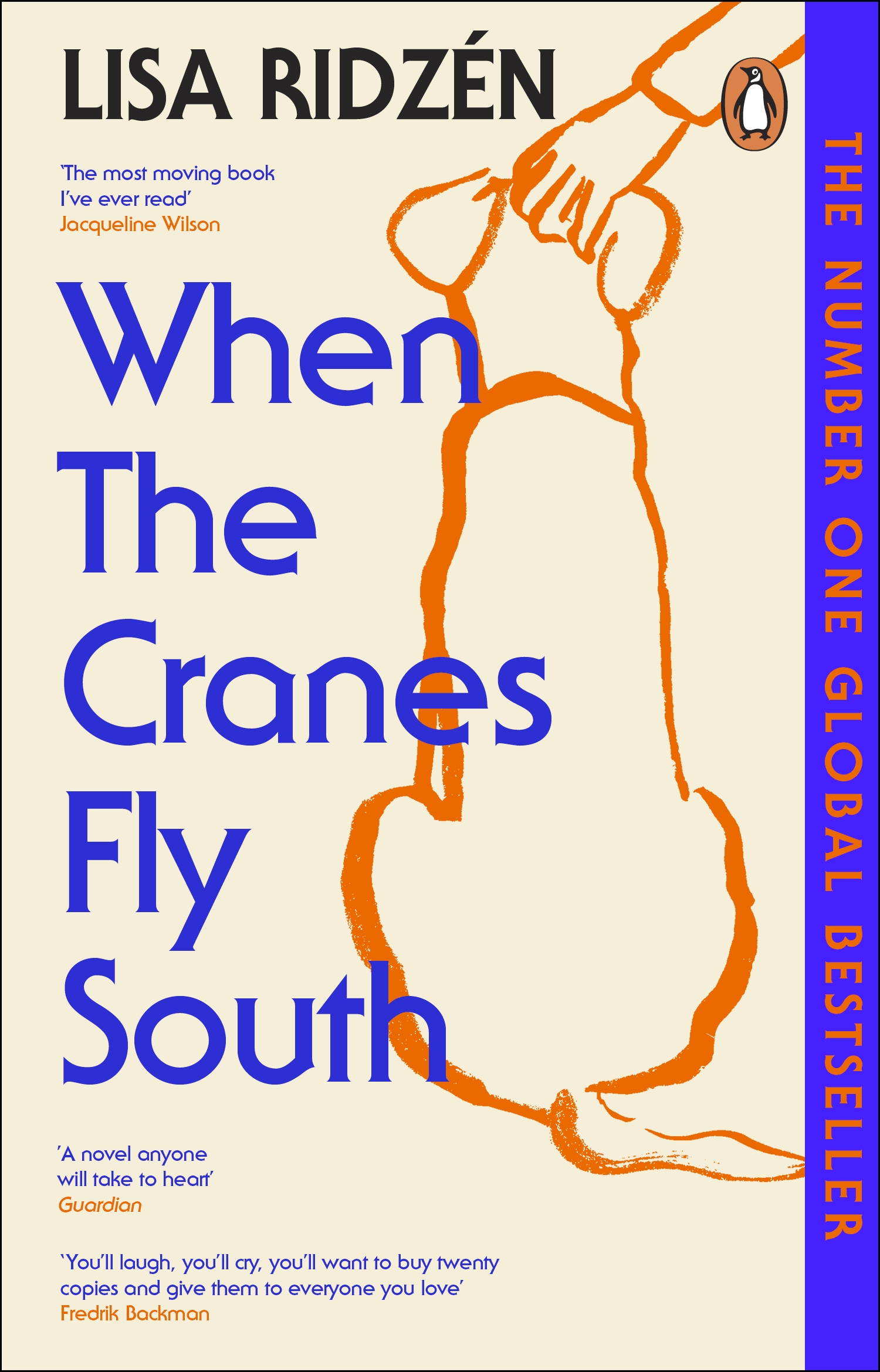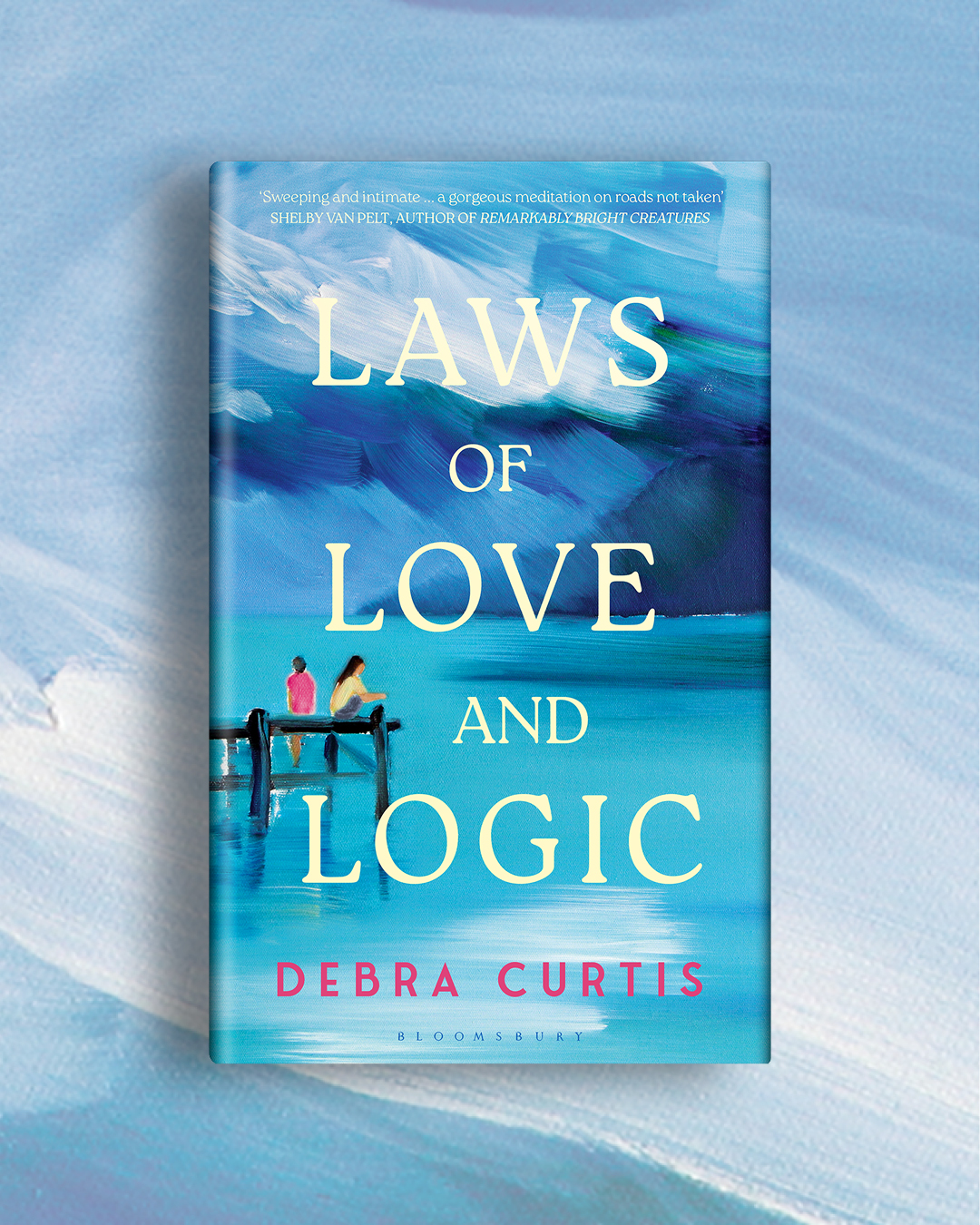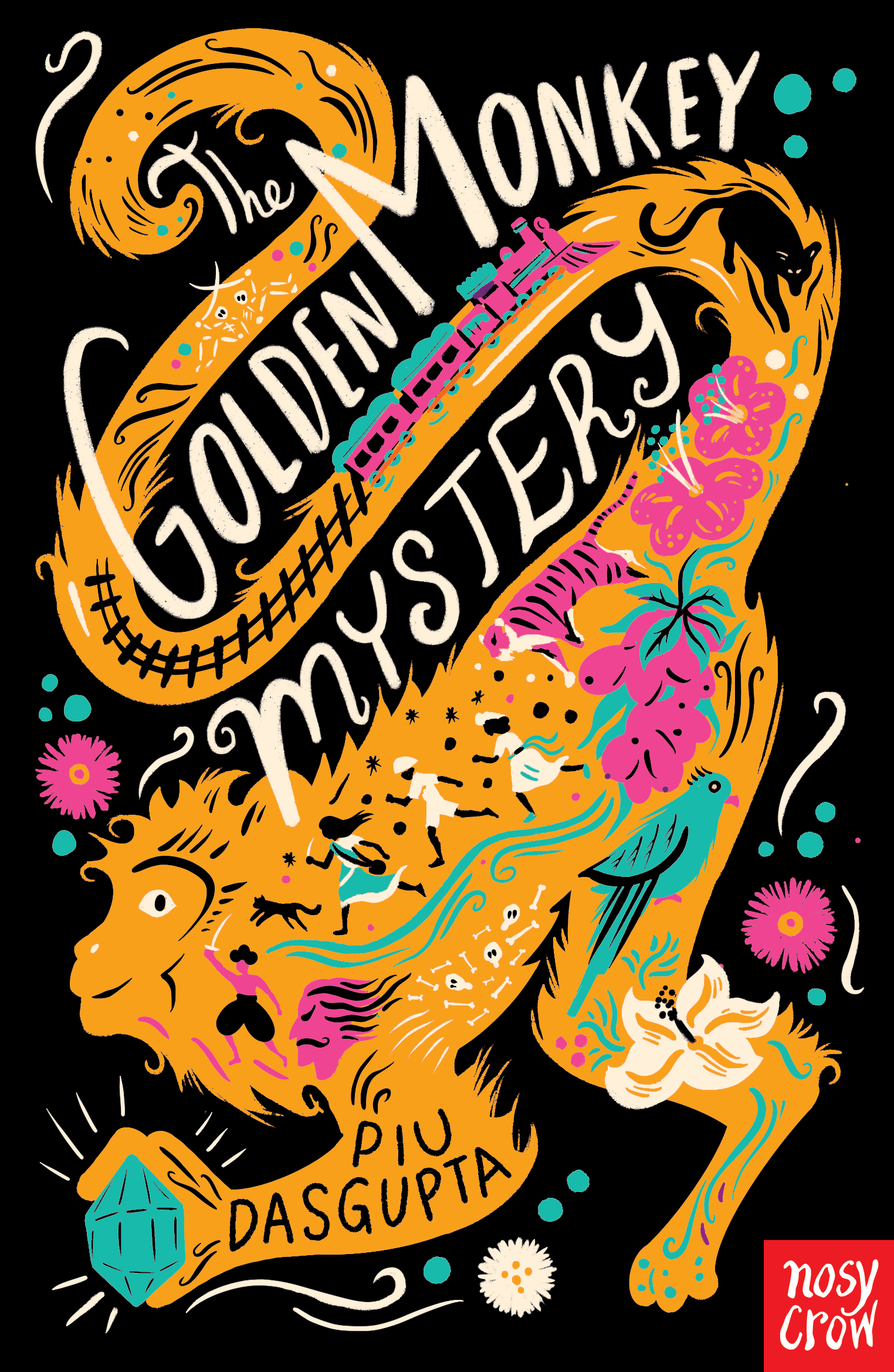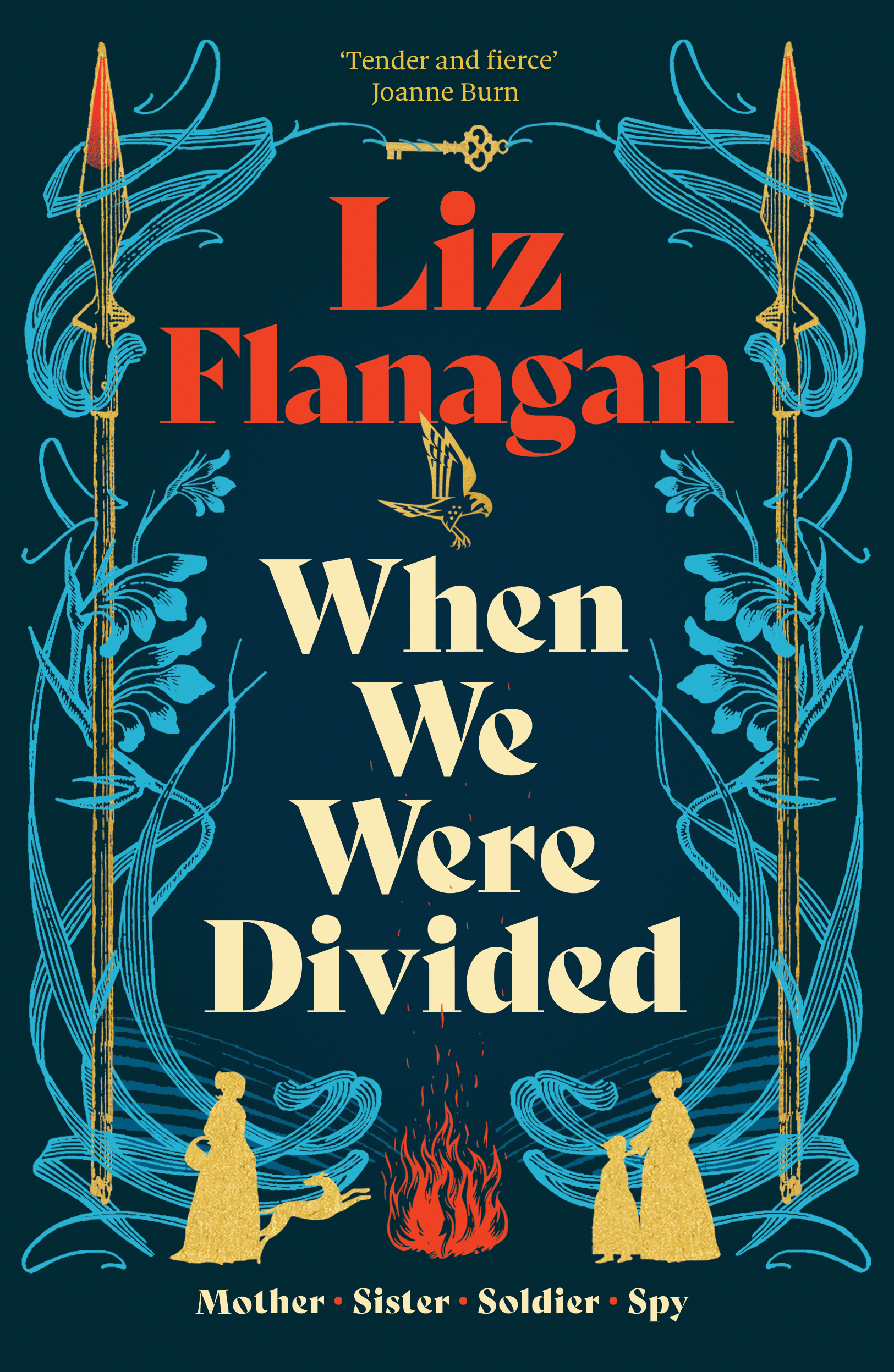The Siege Of Krishnapur: Winner of the Booker Prize
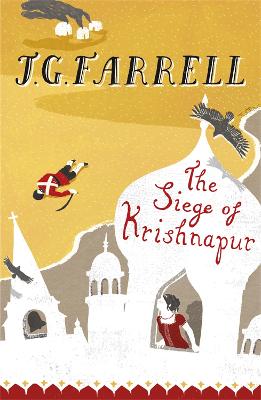
As seen:
By J.G. Farrell
avg rating
1 review
In the Spring of 1857, with India on the brink of a violent and bloody mutiny, Krishnapur is a remote town on the vast North Indian plain. For the British there, life is orderly and genteel. Then the sepoys at the nearest military cantonment rise in revolt and the British community retreats with shock into the Residency. They prepare to fight for their lives with what weapons they can muster. As food and ammunition grow short, the Residency, its defences battered by shot and shell and eroded by the rains, becomes ever more vulnerable.
The Siege of Krishnapur is a modern classic of narrative excitement that also digs deep to explore some fundamental questions of civilisation and life.
‘Suspense and subtlety, humour and horror, the near-neighbourliness of heroism and insanity: it is rare to find such divergent elements being controlled in one hand and being raced, as it were, in one yoke. But Farrell manages just this here: his imaginative insight and technical virtuosity combine to produce a novel of quite outstanding quality’ The Times
‘The magnificient passages of action in The Siege of Krishnapur, its gallery of characters, its unashamedly detailed and fascinating dissertations on cholera, gunnery, phrenology, the prodigal inventiveness of its no doubt also well-documented scenes should satisfy the most exacting and voracious reader. For a novel to be witty is one thing, to tell a good story is another, to be serious is yet another, but to be all three is surely enough to make it a masterpiece’ John Spurling, New Statesman
TweetReviews
Other reading groups may have loved this novel but it certainly didn’t produce an Indian Summer for most of us. J led the discussion, asking who amongst us had actually read the book and, if so, why!
There were extenuating circumstances for some (moving house) but no excuses for the rest of us. J gave up shortly after the beginning, lured away by a celebrity autobiography. Some gave up at p.25, disliking the characters or not interested in the setting; others made it as far as the heady heights of p.66.
R enjoyed as far as she managed to read (10%) but was interested in the subject matter and hopes to visit India one day.
T gave up at p.62. He didn’t enjoy the class differences depicted in the book as he dislikes unfairness in society. T would prefer to read a factual book about this period in history.
The other J couldn’t get into the book. He expected it to be similar to Zulu but felt that there wasn’t enough of a story, too many names, too much filler and that it was overcomplicated.
F reached p.66 before giving up. She disliked the character of the young dandy, Englishman George Fleury but liked some of the writing.
Why the book was awarded the Booker Prize was discussed. The insight into the way of thinking of the British at that time was a possible reason. We then discussed the context of the book: the East India Company, the life of men and women in India during British occupation, the arrogance of the British at that time and how society has since changed.
C was the sole member to finish the book. It was second time around for her but she still enjoyed it. She felt that the characters are not bad people when considered in the circumstances of the time: one aspect she liked was that the book doesn’t make any apologies for how people behaved. C also appreciated the humour in the book which was apparently evident even in the more gruesome parts.
T felt that the subject of the book was a surprising choice for an Anglo-Irish author.
In spite of all this, it hasn't taken over the position of 'the worst book we have ever read'. [RB]
